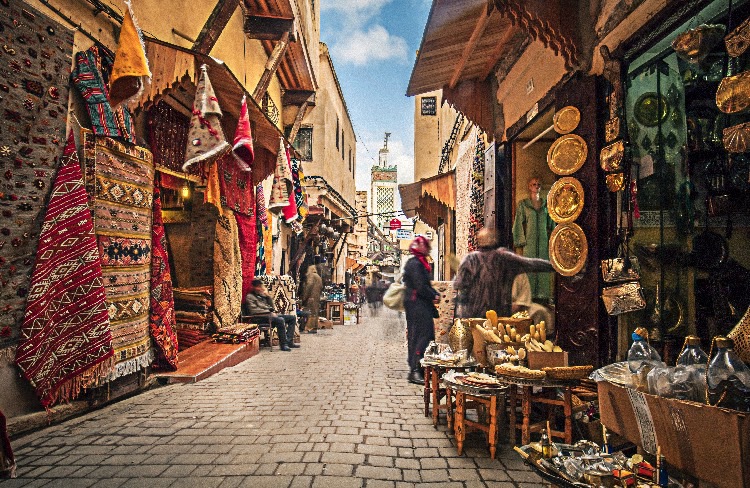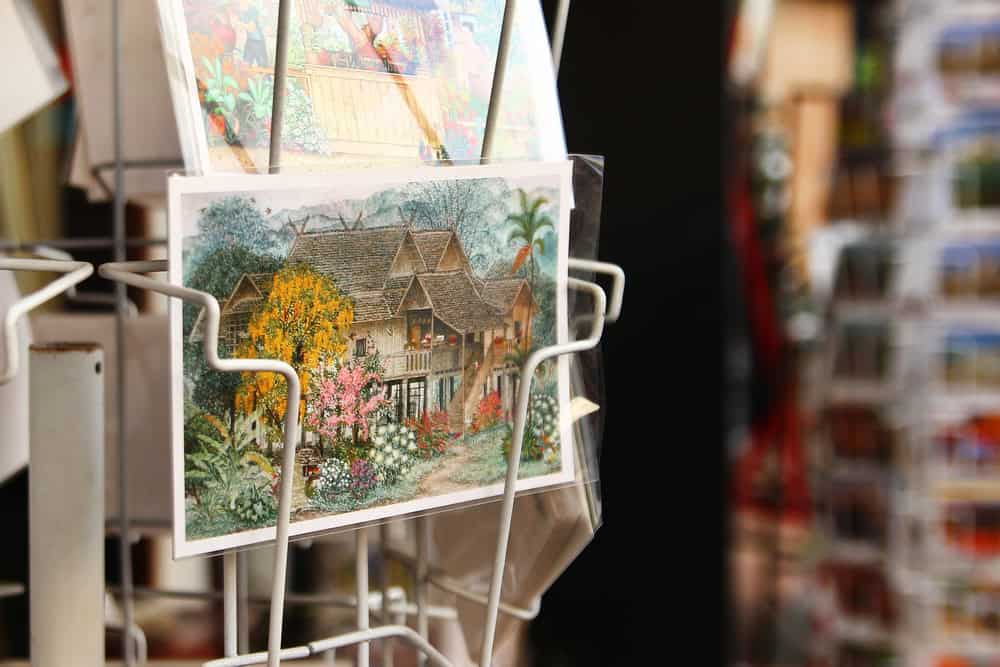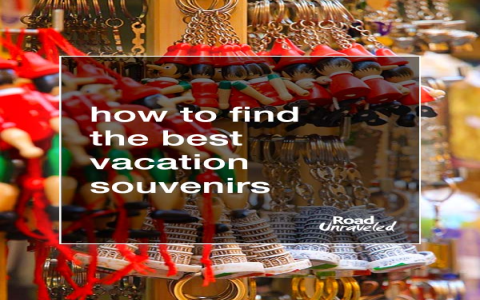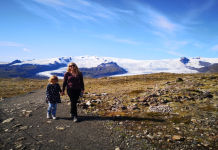Okay, so let’s talk about souvenir shopping. For ages, I was pretty bad at it. You know, you’re on vacation, you’re happy, and suddenly you find yourself buying some plastic thingamajig with the place’s name slapped on it. Got home, looked at it a week later, and thought, why did I even buy this piece of junk? It just ended up in a drawer or eventually, sadly, in the bin.

I remember this one trip, I bought this really tacky snow globe. It wasn’t even made locally, probably shipped in from thousands of miles away. It broke in my suitcase anyway. That was kind of a turning point. I started thinking, what’s the point? I wanted memories, not just clutter that felt kinda… meaningless and wasteful.
So, I Decided to Change Things Up
My next trip, I actively decided I wasn’t going to just grab the first shiny thing I saw near a big tourist spot. I actually started looking around before I even left home. Just a quick search online, like “local crafts [destination name]” or “artisan markets [destination name]”. Didn’t take long, but gave me a few ideas.
When I got there, I made myself walk around more. Instead of diving into the first souvenir shop by the main square, I explored the side streets. Found smaller shops, sometimes studios where you could see people actually making things. It felt different immediately. More real.
What I Actually Do Now When Shopping
It’s become a bit of a process, I guess. Nothing too rigid, but it helps me stay focused:
- Look first, buy later: I try to get a feel for what’s available across different places before pulling out my wallet. Helps avoid impulse buys I might regret.
- Chat with the seller (if possible): I try asking simple stuff, like “Did you make this?” or “What’s it made from?”. Sometimes you get amazing stories, sometimes just a simple answer, but it connects you more to the item and the place. You also get a better sense if it’s genuinely local.
- Think practical or meaningful: Will I actually use this? Does it have a cool story? Will it remind me of a specific experience I had there? I lean towards things like locally made textiles (scarves, small blankets), pottery I can actually use (a mug, a small bowl), local spices or food items, or maybe a print from a local artist.
- Check the materials: I try to avoid stuff that looks obviously mass-produced cheap plastic. And definitely stay clear of anything made from endangered animals, shells, or coral. Feels kinda obvious, but worth keeping in mind.
- Consider the journey home: Is it super fragile? Huge? A pain to pack? Learned that lesson with the snow globe. Now I think about whether it’ll actually survive the trip back without needing its own suitcase.
How It Feels Now
Honestly? It’s way better. The things I bring home now feel special. I look at the woven coaster, and I remember the little market stall and the lady who was weaving them. I use the pottery mug, and I think about the small town where I bought it. These items actually have memories attached, not just a price tag.

It also makes exploring more interesting. I end up finding little shops and streets I might have missed otherwise. Yeah, sometimes I don’t find anything to buy, and that’s okay too. The goal isn’t just to acquire stuff anymore. It’s more about finding something that genuinely represents the place and my experience there, made by local hands if possible. Feels much more, well, responsible and satisfying in the end.










